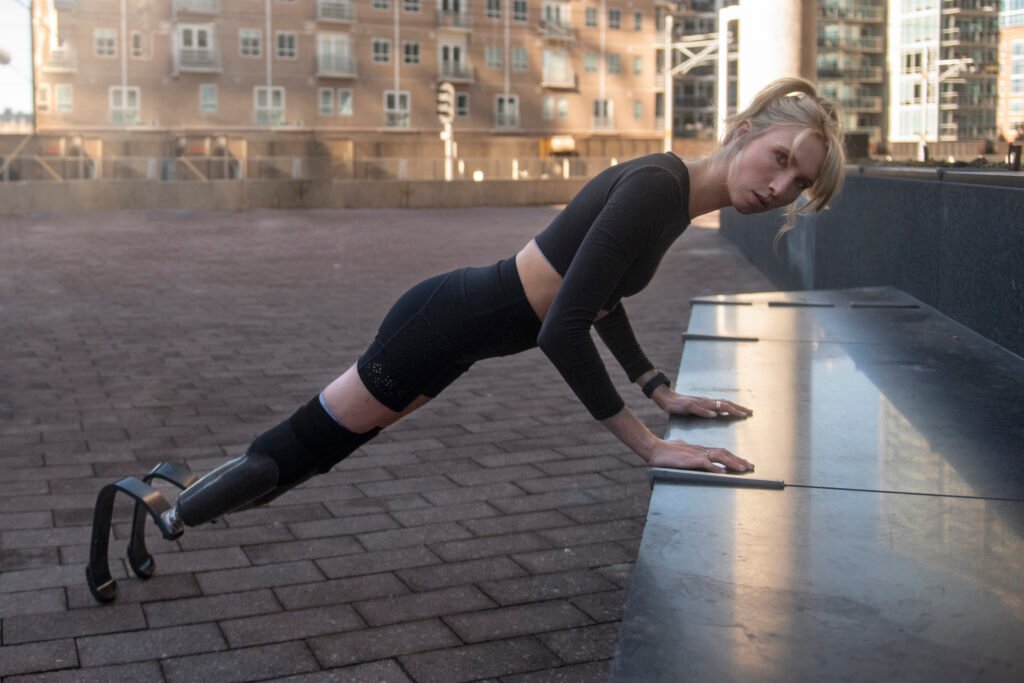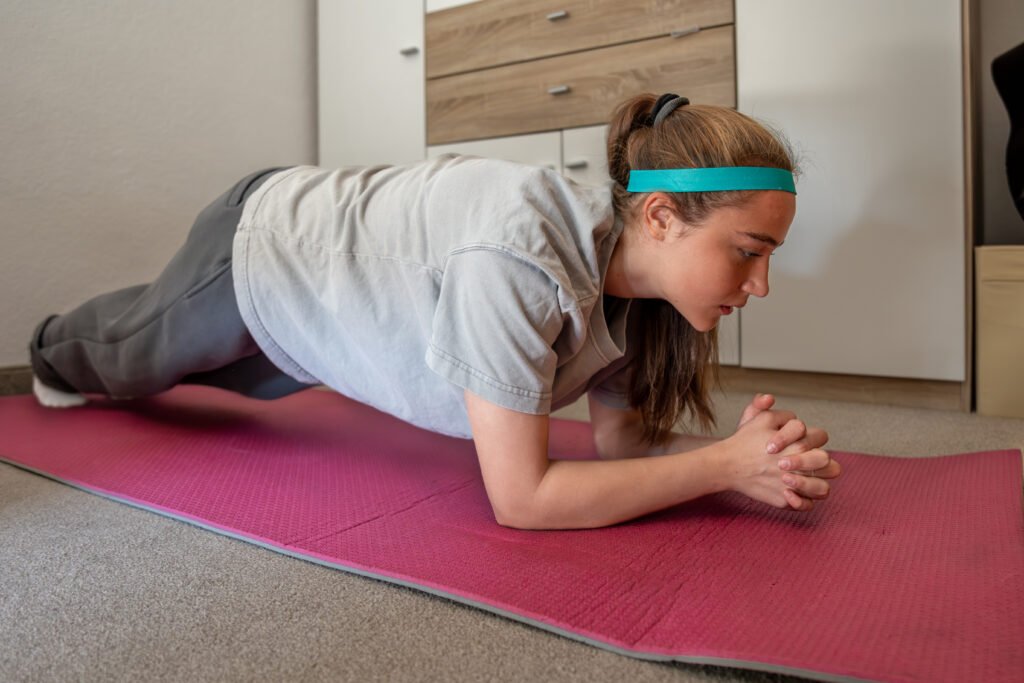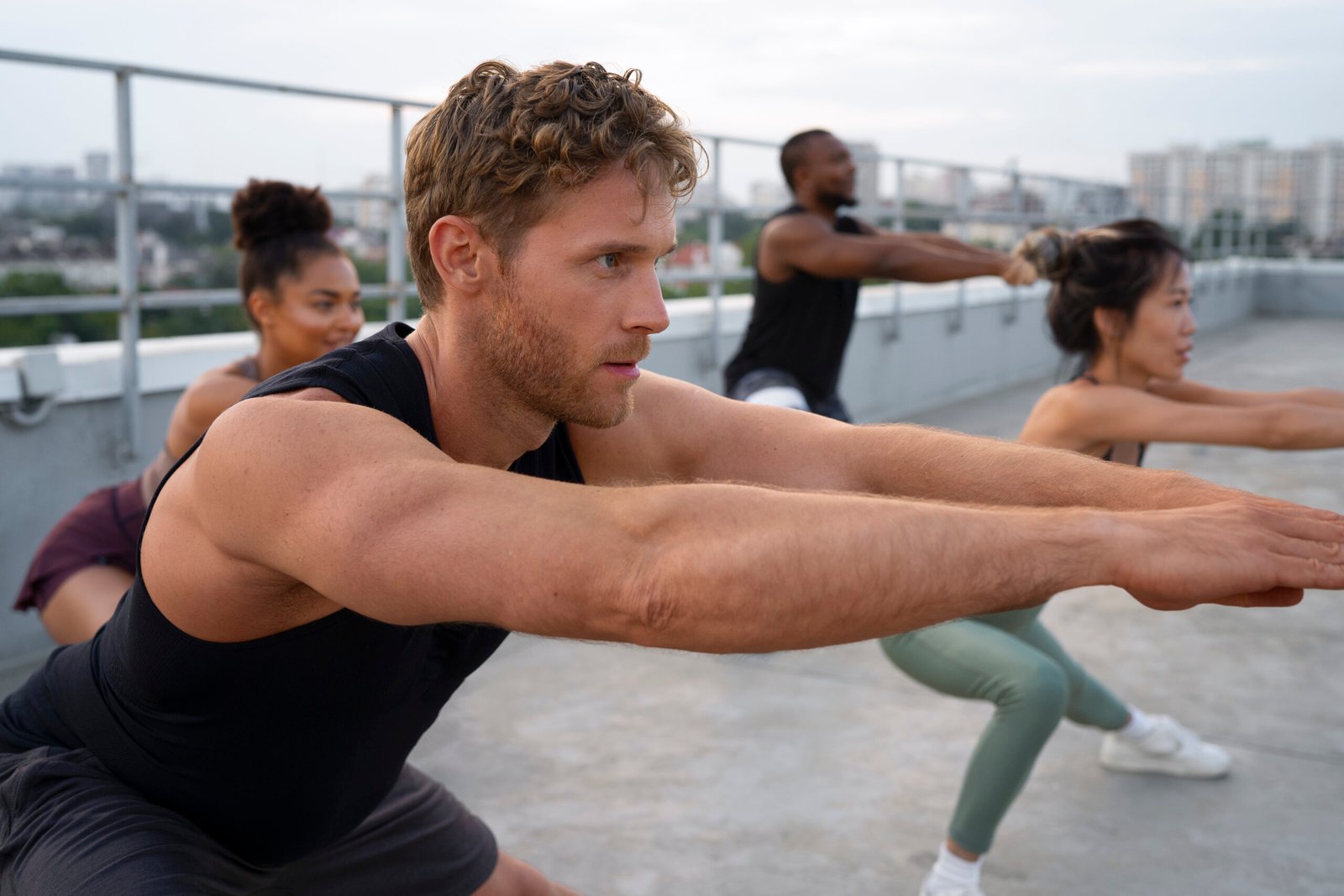Have you ever wondered how to test where you stand in your fitness journey? Well, it’s time to cut to the chase and put yourself to the test with some of the most effective and classic exercises: burpees, mountain climbers, and planks. These movements aren’t just simple workouts—they’re the gold standards for evaluating your strength, endurance, coordination, and mental resilience.
Each of these exercises challenges multiple components of fitness simultaneously, and if you can crush a solid minute of each with perfect form, you’re officially on the path to earning elite fitness status. The best part? You don’t need expensive gym equipment—just your body and a plan to get started. Let’s break down how to master these essential exercises and build your fitness.
Why These Exercises Are Fitness Benchmarks
These four movements are tried and tested to push your limits in the most fundamental ways. Each move assesses a key element of fitness:
- Burpees: Cardiovascular endurance, full-body strength, and explosive power.
- Mountain Climbers: Core stability, hip mobility, and aerobic capacity.
- Planks: Isometric strength, postural control, and mental resilience.
Performing each of these exercises for a full minute without breaking form isn’t just a physical test—it’s also a mental one. If you can maintain proper technique and form, it shows that you’ve mastered the foundational elements of fitness. Let’s dive into each move, why it works, and how you can build up to elite status.
1. Burpees: The Ultimate Full-Body Burn

Why It’s a Test: Burpees are one of the most challenging exercises because they combine strength, cardio, and explosiveness into one. This move pushes your entire body to work in unison, testing everything from your lungs and legs to your arms and core. If you can maintain quality burpees for a full minute, you’re not just fit—you’re unstoppable.
How to Do It:
- Start standing tall, then drop into a squat position with hands on the floor.
- Kick your feet back into a high plank position while keeping your body straight.
- Perform a push-up (optional for beginners).
- Jump your feet back to your hands and explode upward into a jump, clapping your hands overhead.
- Land softly and immediately drop back into the squat for the next rep.
Tips for Building Up:
- If you’re a beginner, start with half-burpees (skip the push-up and jump) to build stamina.
- Focus on controlled landings to protect your knees and joints.
Common Mistakes to Avoid:
- Letting your hips sag during the plank phase.
- Rushing through reps at the expense of form.
Pro Tip:
Even when you’re tired, focus on making every rep sharp and intentional. Remember, power meets precision.
2. Mountain Climbers: Core Strength Meets Cardio

Why It’s a Test: Mountain climbers force your core to stabilize while your legs drive explosively, mimicking real-world activities like sprinting or climbing. It’s an efficient, full-body exercise that really tests your stamina. If you can do these for a full minute, you’ve got some serious endurance.
How to Do It:
- Start in a high plank position with your hands directly under your shoulders, body in a straight line.
- Drive one knee toward your chest, then quickly alternate legs in a running motion.
- Keep your core engaged and avoid letting your hips rise or dip.
Tips for Building Up:
- Slow the pace down if needed, focusing on perfecting your form.
- Practice holding a static plank to build a stronger foundation.
Common Mistakes to Avoid:
- Allowing your lower back to arch or hips to pike.
- Bouncing too much instead of maintaining controlled, deliberate movements.
Pro Tip:
Imagine pulling your knees forward using your abs, not just swinging your legs with momentum. Engage your core to really feel the burn.
3. Planks: The Unsung Hero of Endurance

Why It’s a Test: A minute-long plank isn’t just about physical strength; it’s also a battle against mental fatigue. Holding a plank forces you to stay mentally focused and disciplined. It’s not only about endurance but about your ability to stay locked in and resist the urge to break form or quit.
How to Do It:
- Start in a forearm plank position with your elbows directly under your shoulders and forearms parallel to the floor.
- Engage your core, glutes, and quads, ensuring your body forms a straight line from head to heels.
- Hold steady, breathing deeply and evenly. Focus on keeping your body still and your form tight.
Tips for Building Up:
- Start with shorter intervals (20–30 seconds) and gradually build up your time.
- Use a mirror or video yourself to ensure your alignment is correct.
Common Mistakes to Avoid:
- Letting your hips sag or hiking them too high.
- Holding your breath or unnecessarily tensing your neck and shoulders.
Pro Tip:
Visualize pressing your elbows into the ground and squeezing your thighs together. This activates more muscles and improves stability.
4. How to Create Your Weekly Training Plan

Mastering these moves takes time, effort, and consistency. Here’s how to structure your weekly training plan to get there:
Day 1: Burpee Focus
- Warm-Up: 5 minutes of dynamic stretching or light jogging.
- Main Set: 5 rounds of 20-second burpees, followed by 40 seconds of rest.
- Cool Down: Stretch your hamstrings, quads, and shoulders.
Day 2: Active Recovery
Go for a brisk walk, swim, or practice yoga to promote blood flow and recovery. This helps your muscles regenerate and prepares you for the next day’s workout.
Day 3: Mountain Climber Focus
- Warm-Up: High knees, arm circles, and torso twists.
- Main Set: 4 rounds of 30-second mountain climbers, followed by 30 seconds of rest.
- Cool Down: Foam roll your calves, hip flexors, and lower back.
Day 4: Rest Day
Prioritize sleep, hydration, and nutrient-dense meals to recharge your body. Rest is just as important as training for muscle growth and recovery.
Day 5: Plank Focus
- Warm-Up: Cat-cow stretches and side bends.
- Main Set: 3 rounds of 45-second planks with 15 seconds of rest between each.
- Cool Down: Gentle child’s pose and seated forward folds.
Days 6 & 7: Cross-Train or Recover
Mix in low-impact cardio, mobility work, or another active recovery day. Active rest helps maintain momentum and keeps your body moving while allowing muscles to heal.
Nutrition and Recovery Guidance
To complement your workouts, nutrition and recovery are critical. Here’s what you need to focus on:
Fuel Your Body
- Protein: Lean proteins like chicken, turkey, and legumes support muscle repair.
- Carbohydrates: Complex carbs like whole grains and sweet potatoes provide long-lasting energy.
- Fats: Healthy fats from avocados, olive oil, and nuts help with joint health and muscle function.
Hydrate
Drinking water throughout the day keeps you energized and supports metabolic function.
Rest and Sleep
Your body repairs itself while you sleep, so make sure you’re getting 7–9 hours of quality sleep every night.
Final Thoughts: Push Beyond Limits
These one-minute tests are intense, but they’re also a measure of how far you’ve come. By committing to burpees, mountain climbers, and planks, you’re not just improving your physical fitness—you’re building resilience, mental toughness, and confidence.
The journey to elite fitness doesn’t happen overnight, but with consistent effort and dedication, you’ll be able to crush these exercises and prove to yourself that you’ve earned that elite status. So stop reading and start moving—you’ve got this!







